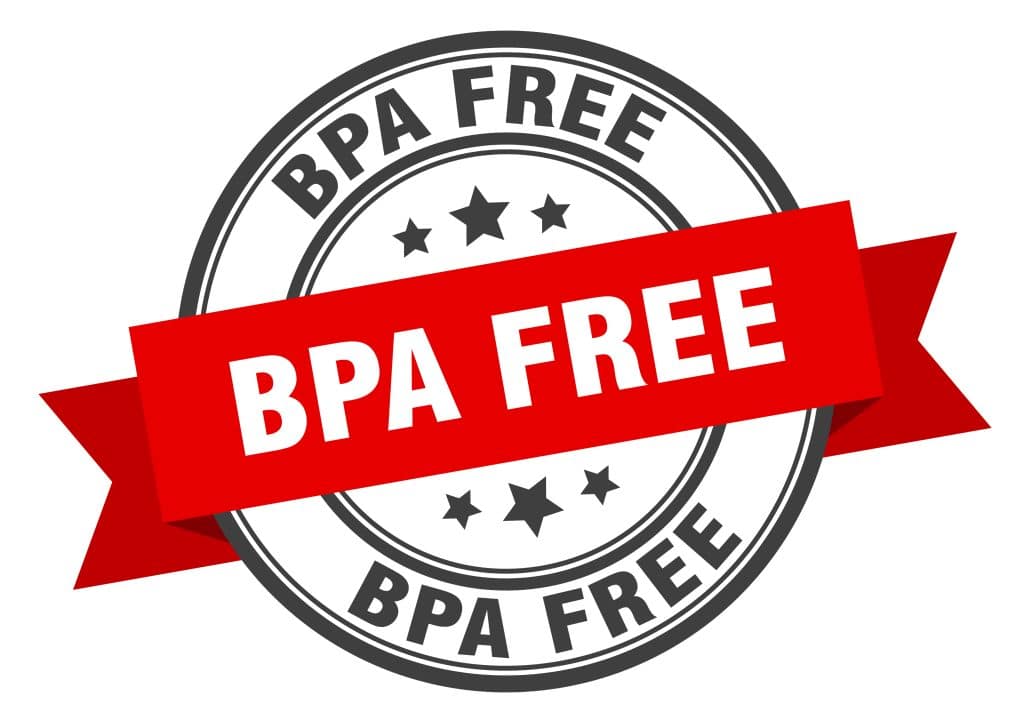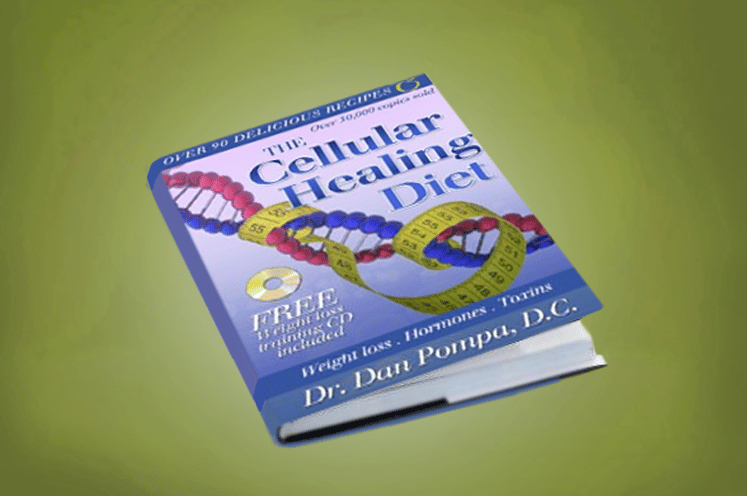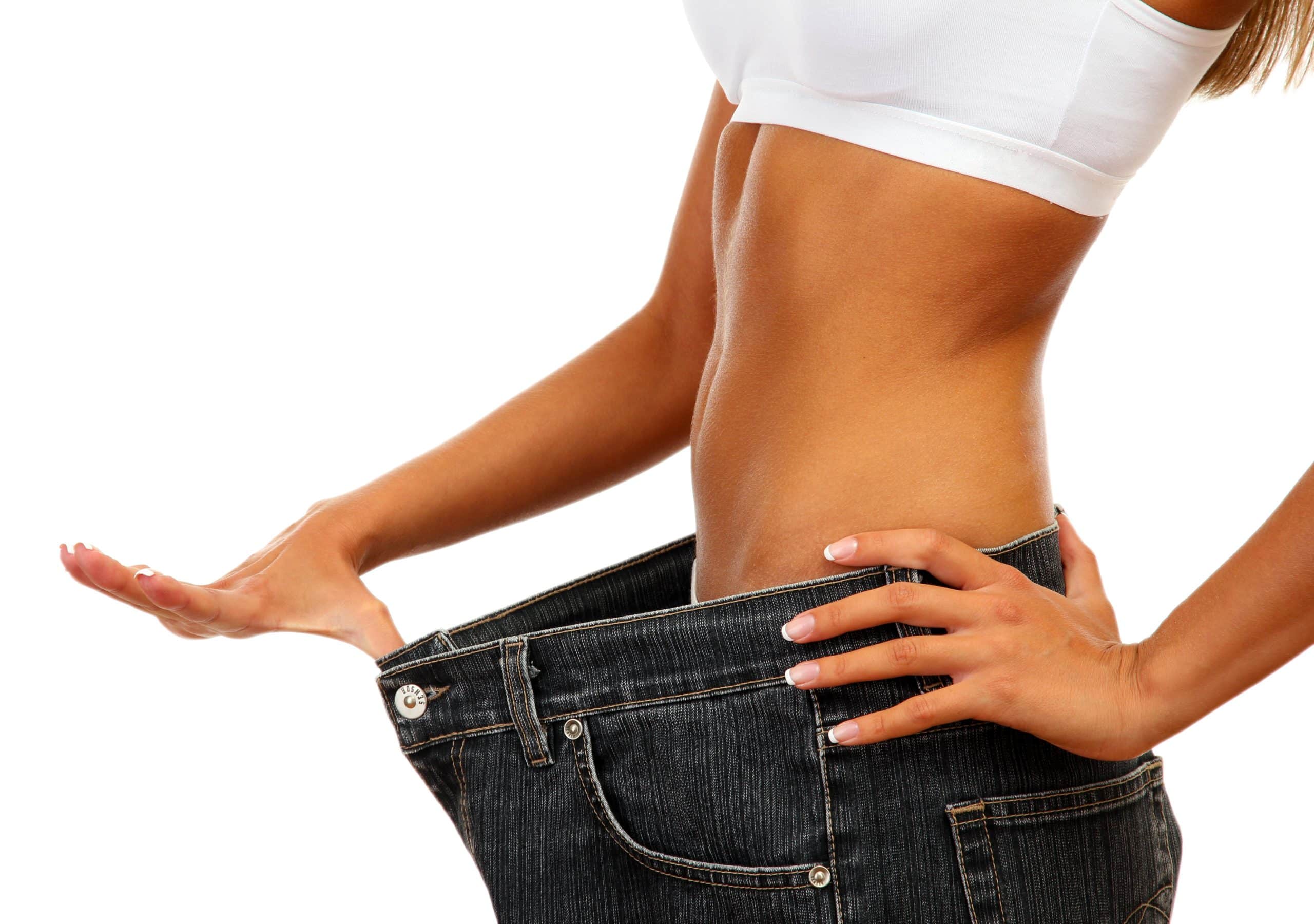Here’s some health improvement tips that can optimize all aspects of your life. When you prioritize your health, everything else falls into place. Want to enjoy your free time to the max? Do you want to spend quality time with family and friends? Do you want to increase your lifespan? By choosing health first and foremost, all facets of your life will improve.
Reducing Toxin Exposure – Sugar
Avoiding processed foods and reducing exposure to environmental toxins are important steps in improving health. Sugar is the most common toxin that people are exposed to. It can be found in everything from sodas and other sweetened beverages to breakfast cereals, snacks, condiments, sauces, baked goods, and desserts. Consuming high amounts of added sugars can lead to weight gain, obesity, and other chronic health conditions.1 2 3 4
To improve your health, it’s important to limit the amount of added sugars you consume. This means reducing or eliminating sugary drinks such as sodas and energy drinks as well as processed foods like candy bars and pre-packaged snacks. You should also keep an eye out for sugar substitutes, such as high fructose corn syrup or artificial sweeteners like sucralose and aspartame, which can be just as unhealthy.5 6 7
Read more about how toxic sugar is.

Heavy Metals
The presence of heavy metals and toxins in our environment is a growing concern for many, especially those with autoimmune conditions.8 Fortunately, there are several steps individuals can take to reduce their exposure to these harmful substances.
One such measure is to limit the sources from which you ingest or inhale toxins and heavy metals. This means avoiding processed foods that may contain high levels of additives or preservatives, as well as avoiding second-hand smoke and other forms of air pollution.9 10
It’s also important to eat organic foods whenever possible, as they are grown without the use of fertilizers or other chemical toxins that may be present in conventional produce. Additionally, you should also avoid using products such as cosmetics, body care products, and cleaning products with potentially harmful chemicals.11
Read more about toxins in cosmetics.
One way to reduce your exposure to heavy metals is through dietary changes. By eating a diet that focuses on natural, organic foods and avoiding processed foods, you can help keep your body free of contaminants like lead and mercury. Filter your drinking water with a reverse osmosis filter or distiller to remove heavy metals from it.
Read more about the toxins in tap water.
Consider using natural cleaning products instead of conventional ones that contain a whole host of toxic chemicals. Natural cleaning products include white vinegar, baking soda, and essential oils.
Read more about toxins in cleaning products.
Replace old paint cans in the home with lead-free paint. If you live near an industrial area with air pollution, be mindful of the possible hazards and take steps to reduce your exposure. This may include keeping windows closed and using a quality air filter in your home. If you work with materials that could contain heavy metals, such as soldering or welding, make sure to use proper protective gear including respirators.12

Phthalates
Phthalates are chemicals used in many products, including cosmetics, food packaging, and cleaning supplies. Exposure to phthalates has been linked to various health problems, including reproductive problems and allergies.13 14 It is important to reduce your exposure to these toxins.
One way to avoid phthalates is by reading labels on the products you buy. Many companies now provide information on their websites and labels about the presence of phthalates in their products. Make sure to avoid any product that contains these chemicals.
Endocrine Disrupting Chemicals
Endocrine Disrupting Chemicals (EDCs) are substances found in everyday products that can mimic the hormones produced by our body and interfere with its function. They have been linked to a variety of health issues, including infertility, obesity, endometriosis, and thyroid disease.15
Avoid using plastic containers and bottles for food or drinks as much as possible. Plastic containers can leach chemicals into our food, while glass and stainless steel do not. Look for products labeled “BPA free” or “phthalate free,” which indicates they don’t contain these two common endocrine-disrupting chemicals. Limit consumption of canned goods, as the containers often contain BPA.16
Buy organic foods, since some pesticides are also endocrine disruptors. Use eco-friendly cleaning products and avoid air fresheners, as they may contain EDCs. Limit your use of products that contain fragrances and deodorants, since these also often contain endocrine disruptors.17 Start using natural personal care products such as soaps, shampoos, and lotions made with organic or natural ingredients.
Use natural fabrics such as cotton or linen for clothing, bedding, towels, and curtains. Synthetic fibers often contain high levels of formaldehyde, which can be irritating to our bodies.18

EMFs
Take steps to reduce your exposure to electromagnetic fields (EMFs). Turn off Wi-Fi routers at night and avoid keeping devices like cell phones close to your body. Opt for wired internet connections when possible, and limit your use of tablets and laptops.19 20
Quitting Bad Habits
Smoking, excessive drinking, and drug use are associated with a variety of health risks. Limiting or eliminating these unhealthy habits can help reduce your risk for disease and improve overall health.
Read more about toxins we are exposed to regularly.
Removing Toxins From The Body
Detoxifying the body is a powerful way to improve health and well-being. The goal is to detoxify the body on the cellular level. The toxins we discussed earlier like heavy metals end up situated in cells and are difficult to remove without specific binders.21 However, heavy metals and other toxins must be removed from cells in order to achieve optimal health.
Read more about detoxing the body on the cellular level.

Eating Healthy
Eat a balanced diet of whole foods like grass-fed and pasture-raised meat products, wild caught fish, non-starchy vegetables, low-glycemic fruit, nuts, seeds, and grass-fed dairy.22
Read more about my Cellular Healing Diet.

Intermittent Fasting And Water Fasting
Intermittent fasting and water fasting are two popular approaches to improve one’s health. Intermittent fasting involves an alternating eating and not-eating cycle, usually lasting no longer than 24 hours, while water fasting involves abstaining from food completely for several days. Both of these methods have been proven effective in helping people lose weight, improve their metabolism, balance their hormones, and reduce inflammation.23 24
Intermittent fasting is a great way to jump start your journey towards better health. It forces your body into an alternate state of energy utilization that can help you burn fat more efficiently, while also providing benefits like improved brain function and focus. The most popular form of intermittent fasting is the 16/8 protocol, where you fast for 16 hours and only eat within an 8-hour time frame. This type of fasting helps to regulate your hormones and insulin levels, which can be beneficial for weight loss and overall health.25
Water fasting is another popular approach to improving one’s health that involves abstaining from food completely for several days. It can help your body detoxify and reset itself, while also helping you to break away from emotional eating habits. Water fasting can be a great way to jump start your journey towards better health as it helps to boost metabolism and fat burning capabilities.26
Read more about fasting.
Sticking To A Daily Routine
Establishing a consistent routine for meals, exercise, sleep, work, and relaxation is important to achieving optimal health. Sticking to an exercise routine helps to improve circulation and reduce stress. Getting 7-9 hours of quality sleep each night is essential for good health.
Exercise
Regular exercise can help improve cardiovascular health, build strength and flexibility, enhance mood, reduce stress, and increase energy levels. Aim to get at least 30 minutes of physical activity every day. Find an activity that you enjoy such as walking, running, biking, or swimming and add it to your daily routine. Aim to perform high intensity exercise a few times a week, as it offers a diverse set of health benefits that other exercises don’t provide.27
Sleeping Well
Stress and lack of sleep can lead to fatigue, weight gain, poor concentration, and an overall feeling of unease. To improve sleeping habits and get more restful sleep make sure to have a regular bedtime routine. Avoid caffeine in the evenings and limit screen use before bed so as not to disrupt sleep.28
Stress Relief
Managing stress is a key component of health and well-being. Find activities that help you relax such as yoga, deep breathing exercises, or taking a hot bath. Spending time outdoors in nature has also been shown to reduce stress levels. Taking regular breaks throughout the day can help recharge and refocus energy levels. Taking time to practice self-care and reflect on positive thoughts can help reduce stress levels as well.
Meditation is another great way to reduce stress, improve mental clarity, and connect with a higher power.29 Start with just a few minutes each day and gradually increase the length of your meditation sessions until you reach a comfortable level for your own needs.

How To Maximize Life Quality By Focusing On Health
No matter what health improvement tips you follow, never forget the importance of balance in all aspects of life. Eating healthy, exercising regularly, sleeping well, reducing stress, and limiting toxin exposure are essential for achieving optimal health. Make sure to make time for yourself each day and prioritize your health. With dedication and effort, you can dramatically improve your overall health and well-being.
Read more about how to achieve ideal health.
References
1 StudyFinds.org. (2023, April 6). More than 6 teaspoons of sugar daily increases risk of 45 different health problems. Study Finds. https://studyfinds.org/6-teaspoons-of-sugar-health/
2 Marzena Wojcik, Michal Krawczyk, Andrzej Zieleniak, Katarzyna Mac Marcjanek, Lucyna A. Wozniak, Chapter 14 – Associations of high blood sugar with oxidative stress and inflammation in patients with type 2 diabetes, Editor(s): Harry G. Preuss, Debasis Bagchi, Dietary Sugar, Salt and Fat in Human Health, Academic Press, 2020, Pages 305-323, ISBN 9780128169186, https://doi.org/10.1016/B978-0-12-816918-6.00014-7.
3 Ahmad A, Isherwood C, Umpleby M, Griffin B. Effects of High and Low Sugar Diets on Cardiovascular Disease Risk Factors. J Nutr Sci Vitaminol (Tokyo). 2020;66(Supplement):S18-S24. doi: 10.3177/jnsv.66.S18. PMID: 33612591.
4 Stanhope KL. Sugar consumption, metabolic disease and obesity: The state of the controversy. Crit Rev Clin Lab Sci. 2016;53(1):52-67. doi: 10.3109/10408363.2015.1084990. Epub 2015 Sep 17. PMID: 26376619; PMCID: PMC4822166.
5 Ferder L, Ferder MD, Inserra F. The role of high-fructose corn syrup in metabolic syndrome and hypertension. Curr Hypertens Rep. 2010 Apr;12(2):105-12. doi: 10.1007/s11906-010-0097-3. PMID: 20424937.
6 Méndez-García LA, Bueno-Hernández N, Cid-Soto MA, De León KL, Mendoza-Martínez VM, Espinosa-Flores AJ, Carrero-Aguirre M, Esquivel-Velázquez M, León-Hernández M, Viurcos-Sanabria R, Ruíz-Barranco A, Cota-Arce JM, Álvarez-Lee A, De León-Nava MA, Meléndez G, Escobedo G. Ten-Week Sucralose Consumption Induces Gut Dysbiosis and Altered Glucose and Insulin Levels in Healthy Young Adults. Microorganisms. 2022 Feb 14;10(2):434. doi: 10.3390/microorganisms10020434. PMID: 35208888; PMCID: PMC8880058.
7 Walbolt J, Koh Y. Non-nutritive Sweeteners and Their Associations with Obesity and Type 2 Diabetes. J Obes Metab Syndr. 2020 Jun 30;29(2):114-123. doi: 10.7570/jomes19079. PMID: 32482914; PMCID: PMC7338497.
8 Kharrazian D. Exposure to Environmental Toxins and Autoimmune Conditions. Integr Med (Encinitas). 2021 Apr;20(2):20-24. PMID: 34377090; PMCID: PMC8325494.
9 Paulson GW. Environmental effects on the central nervous system. Environ Health Perspect. 1977 Oct;20:75-96. doi: 10.1289/ehp.772075. PMID: 202447; PMCID: PMC1637320.
10 Yilmaz B, Terekeci H, Sandal S, Kelestimur F. Endocrine disrupting chemicals: exposure, effects on human health, mechanism of action, models for testing and strategies for prevention. Rev Endocr Metab Disord. 2020 Mar;21(1):127-147. doi: 10.1007/s11154-019-09521-z. PMID: 31792807.
11 Cal. Dep’t of Pub. Health, Cal. Safe Cosmetics Program, Current Data Summary, https://www.cdph.ca.gov/Programs/CCDPHP/DEODC/OHB/CSCP/Pages/SummaryData.aspx (last accessed Mar. 8, 2019). The California Safe Cosmetics Act of 2005 requires cosmetic manufacturers to disclose to the California Department of Public Health all products containing ingredients known or suspected to cause birth defects or other reproductive toxicity as determined by certain authoritative scientific bodies, including the Environmental Protection Agency, the National Toxicology Program and the International Agency for Research on Cancer.
12 Pollard KM, Cauvi DM, Toomey CB, Hultman P, Kono DH. Mercury-induced inflammation and autoimmunity. Biochim Biophys Acta Gen Subj. 2019 Dec;1863(12):129299. doi: 10.1016/j.bbagen.2019.02.001. Epub 2019 Feb 10. PMID: 30742953; PMCID: PMC6689266.
13 Koniecki D, Wang R, Moody RP, Zhu J. Phthalates in cosmetic and personal care products: concentrations and possible dermal exposure. Environ Res. 2011 Apr;111(3):329-36. doi: 10.1016/j.envres.2011.01.013. Epub 2011 Feb 18. PMID: 21315328.
14 National Toxicology Program. NTP Toxicology and Carcinogenesis Studies of 1,4-Dichlorobenzene (CAS No. 106-46-7) in F344/N Rats and B6C3F1 Mice (Gavage Studies). Natl Toxicol Program Tech Rep Ser. 1987 Jan;319:1-198. PMID: 12748734.
15 Yilmaz B, Terekeci H, Sandal S, Kelestimur F. Endocrine disrupting chemicals: exposure, effects on human health, mechanism of action, models for testing and strategies for prevention. Rev Endocr Metab Disord. 2020 Mar;21(1):127-147. doi: 10.1007/s11154-019-09521-z. PMID: 31792807.
16 Neuroepic. (2022, June). BPA: Not A-gouti Thing for You –. https://neuroepic.mcdb.lsa.umich.edu/wp/14-bpa-not-a-gouti-thing-for-you/
17 ohansen J. D. (2003). Fragrance contact allergy: a clinical review. American journal of clinical dermatology, 4(11), 789–798. https://doi.org/10.2165/00128071-200304110-00006
18 Formaldehyde. (2023). National Institute of Environmental Health Sciences. https://www.niehs.nih.gov/health/topics/agents/formaldehyde/index.cfm
19 Electric & Magnetic Fields. (n.d.). National Institute of Environmental Health Sciences. https://www.niehs.nih.gov/health/topics/agents/emf/index.cfm
20 Sun, Zc., Ge, Jl., Guo, B. et al. Extremely Low Frequency Electromagnetic Fields Facilitate Vesicle Endocytosis by Increasing Presynaptic Calcium Channel Expression at a Central Synapse. Sci Rep 6, 21774 (2016). https://doi.org/10.1038/srep21774
21 Miller AL. Dimercaptosuccinic acid (DMSA), a non-toxic, water-soluble treatment for heavy metal toxicity. Altern Med Rev. 1998 Jun;3(3):199-207. PMID: 9630737.
22 Ricordi C, Garcia-Contreras M, Farnetti S. Diet and Inflammation: Possible Effects on Immunity, Chronic Diseases, and Life Span. J Am Coll Nutr. 2015;34 Suppl 1:10-3. doi: 10.1080/07315724.2015.1080101. PMID: 26400428.
23 Welton S, Minty R, O’Driscoll T, Willms H, Poirier D, Madden S, Kelly L. Intermittent fasting and weight loss: Systematic review. Can Fam Physician. 2020 Feb;66(2):117-125. PMID: 32060194; PMCID: PMC7021351.
24 Germolec DR, Shipkowski KA, Frawley RP, Evans E. Markers of Inflammation. Methods Mol Biol. 2018;1803:57-79. doi: 10.1007/978-1-4939-8549-4_5. PMID: 29882133.
25 Moro, T., Tinsley, G., Bianco, A. et al. Effects of eight weeks of time-restricted feeding (16/8) on basal metabolism, maximal strength, body composition, inflammation, and cardiovascular risk factors in resistance-trained males. J Transl Med14, 290 (2016). https://doi.org/10.1186/s12967-016-1044-0
26 Jiang, Y., Yang, X., Dong, C., Lu, Y., Yin, H., Xiao, B., Yang, X., Chen, W., Cheng, W., Tian, H., Guo, L., Hu, X., Fang, H., Chen, W., Li, Z., Zhou, W., Sun, W., Guo, X., Li, S., Lin, Y., … Jia, L. (2021). Five-day water-only fasting decreased metabolic-syndrome risk factors and increased anti-aging biomarkers without toxicity in a clinical trial of normal-weight individuals. Clinical and translational medicine, 11(8), e502. https://doi.org/10.1002/ctm2.502
27 Boutcher S. H. (2011). High-intensity intermittent exercise and fat loss. Journal of obesity, 2011, 868305. https://doi.org/10.1155/2011/868305
28 Irish LA, Kline CE, Gunn HE, Buysse DJ, Hall MH. The role of sleep hygiene in promoting public health: A review of empirical evidence. Sleep Med Rev. 2015 Aug;22:23-36. doi: 10.1016/j.smrv.2014.10.001. Epub 2014 Oct 16. PMID: 25454674; PMCID: PMC4400203.
29 Lucchetti G, Koenig HG, Lucchetti ALG. Spirituality, religiousness, and mental health: A review of the current scientific evidence. World J Clin Cases. 2021 Sep 16;9(26):7620-7631. doi: 10.12998/wjcc.v9.i26.7620. PMID: 34621814; PMCID: PMC8462234.




